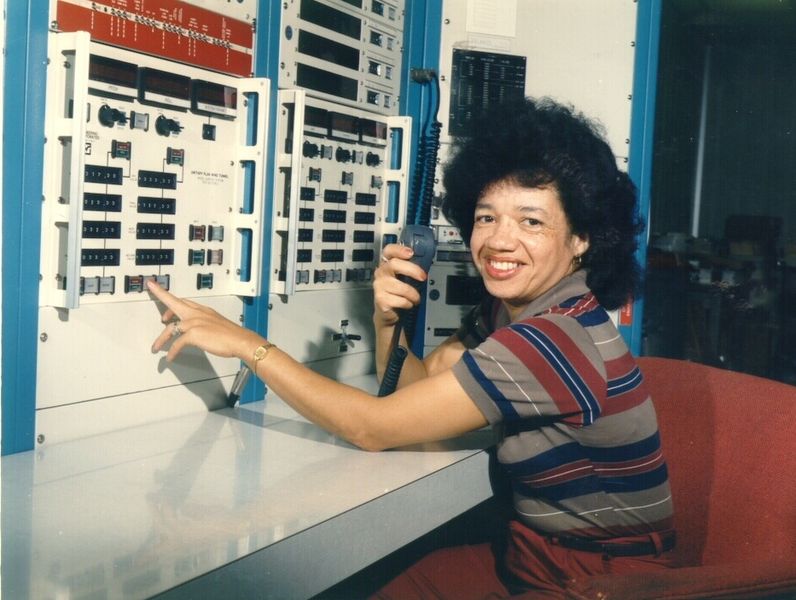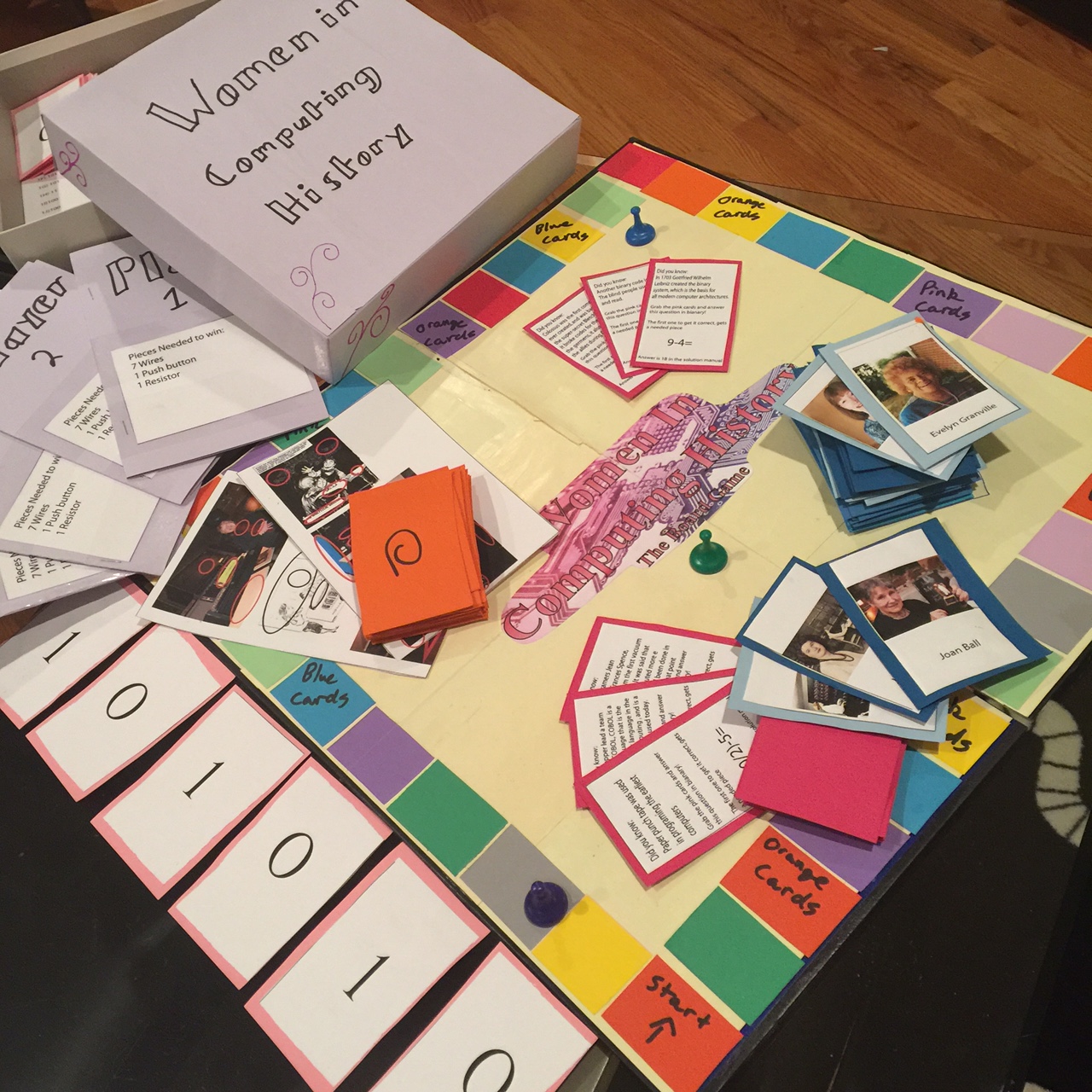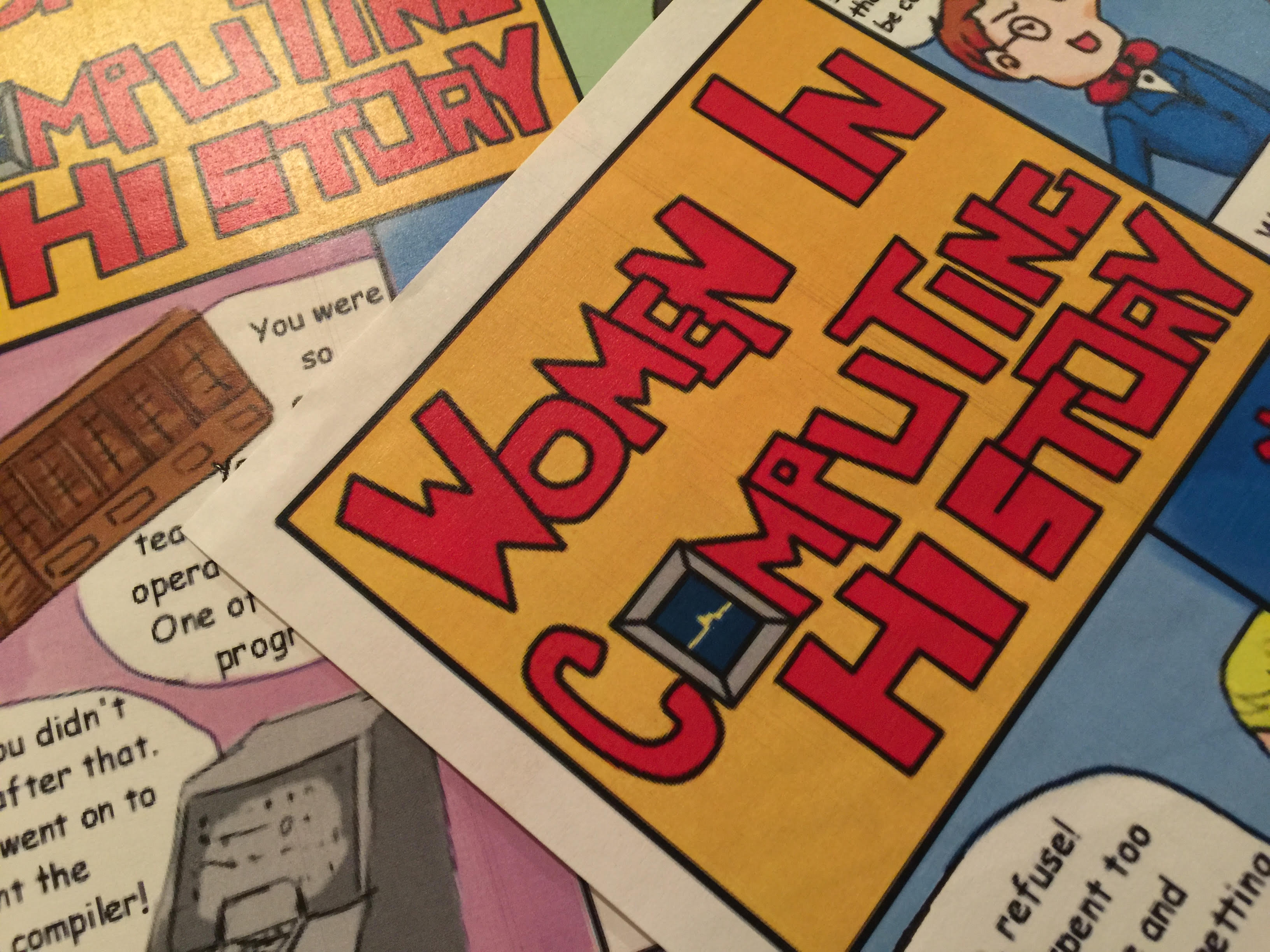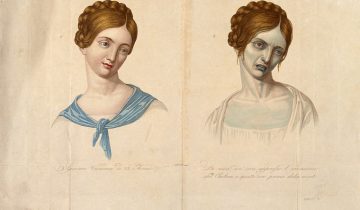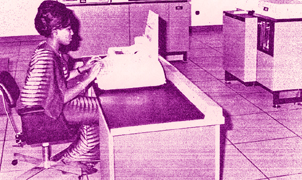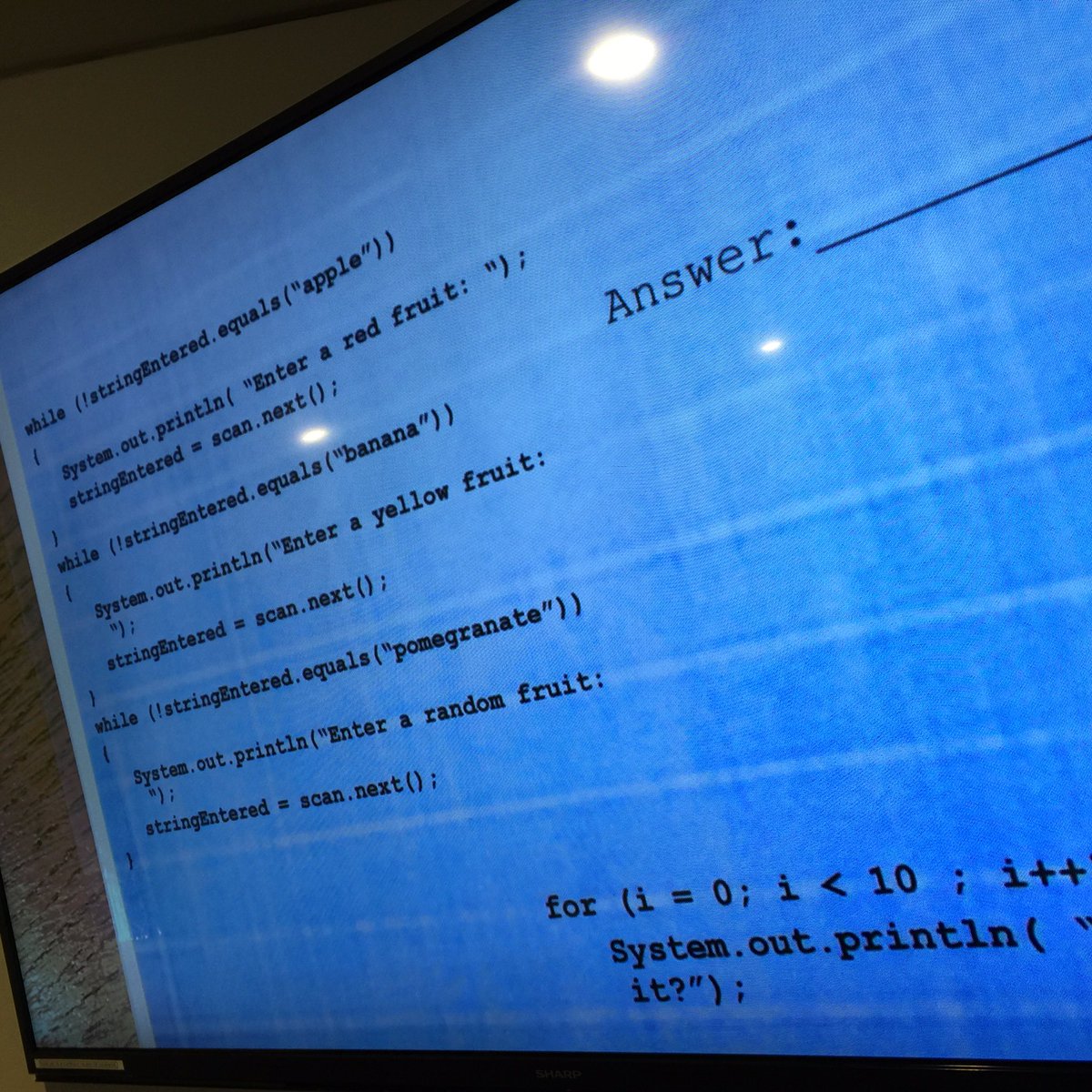
Brain teaser from a magazine pitched at a young adult audience to get them interested in computing history, and teach them about women’s contributions
Though I research and write the history of women in computing, I’ve never had the chance to teach a class on this topic–until now. This fall I was lucky enough to be able to design and teach a course that looked at computing history through the eyes of women. (Read all about what we did in the course in the annotated syllabus, here.) For the final project, students had to get creative. In addition to writing a paper, they had to create something that showed the public how attention to gender, sexuality, race, class, and other categories can change the main narratives of the history of computing.
The project was meant to appeal to audiences outside our classroom. It had to have a “public-facing” component that engaged people out in the world, and shared the benefits of humanities scholarship with folks outside of academia. The goal was to help students participate in changing public discourses about gender and technology. And to give them an opportunity to talk about and teach this history in a way that goes beyond the notion of just adding famous women into computing history–the “just add women and stir” fallacy.
Students had to try to show why the history of women actually changes the main contours of computer history, our reasons for being interested in it, and what lessons we learn from it. They grappled with questions about historiography–how history gets researched, framed, and written–and how attention to women’s experiences expands our notion of what computing was in the past and what it is now. And they had to be attentive to how we define “women”: what categories, other than gender, create what women are in any given historical period and why is this important to understanding technological and social “progress”?
See the full parameters of the assignment here. Below are descriptions of several of the projects, with links to their products (more updates soon):
The Projects:
1. A podcast episode about the 6 women who programmed the ENIAC, America’s first electronic computer, and how they were forgotten for nearly 50 years. By Peter Menke.
2. A twine game (by Tony Vadakumchery) about the life of Christine Darden, a black woman who was a mathematician and engineer at NASA and who contributed to the success of the United States in the Space Race. See Margot Lee Shetterly’s fantastic new book for more information on black women mathematicians (or “computers”) at NASA, or see the hollywood film based on the book that is coming out this winter!
3. An RPG (role playing game) that lets you step inside the fascinating life of British computing pioneer Dame Stephanie “Steve” Shirley, made by Jadelyn Donoho. Play it here. Read about Shirley’s amazing life in her compelling and somewhat sad memoir, Let IT Go.
4. A board game, with an arduino component, on the history of women in computing, pitched at middle school aged kids and younger, made by Victoria Smith. Smith said: “I don’t want young kids to feel like this game makes women who work in the computing industry seem rare or ‘special.’ I wanted to make it seem like these are just people that made advancements in the field… and let players draw their own conclusions.”
5. A video podcast on gender, sexuality, and the history of the Kinsey scale–and its relationships to the history of computer technology–made by Sam Furr. See more about the research behind the topic of the podcast here or here.
6. A magazine on women in computing pitched at a young adult audience. The header picture for this post is taken from it–can you figure out what the answer to that brain teaser is? Made by Sarah Palmer.
7. A pair of comics by Leah Kosmin that ask us to think about where we’d be without women in computing, and how we look at women in computing.
6. A plan for a museum exhibit on LGBTQ issues in computing history, created by Minghe Hu. (Link coming soon)
7. An article that makes the case for the history of women in computing being essential to our understanding of users and computing today. By Yona Gidalevitz. (link coming soon)
8. A look at women in technology through the archives of Illinois Tech’s student newspaper, and a timeline showing how ideas about women students at our university have changed over time, by Andrea Velazquez.
9. A collection of memes highlighting the importance and frustrations of women in computing in the past and present, by Akalanka Tennakoon.
…and several more.
[Students: This post will contain links to the public-facing content you’ve created as part of your final project. Please insert the URL for this page in the credits of your public-facing web content so that users can navigate back here and see the rest of the projects. It would be good to write something like the following: “This was created in response to an assignment in a course on Women in Computing History at Illinois Institute of Technology in the Fall of 2016. For more, see: http://digitalhistorylab.com/?p=224“]
